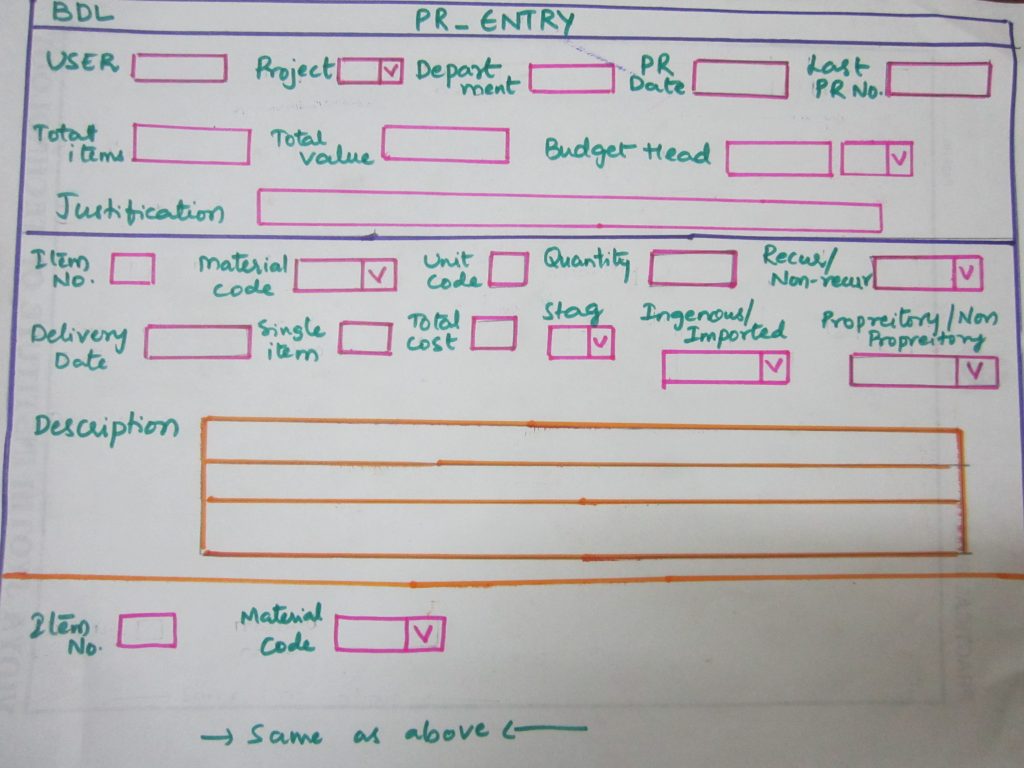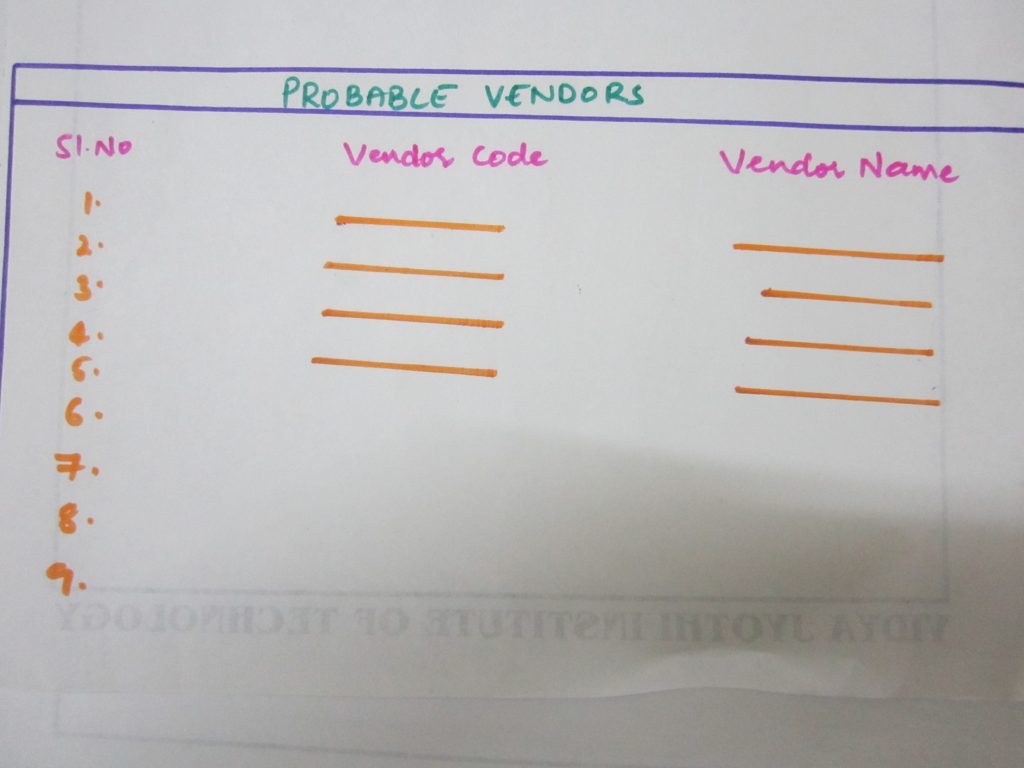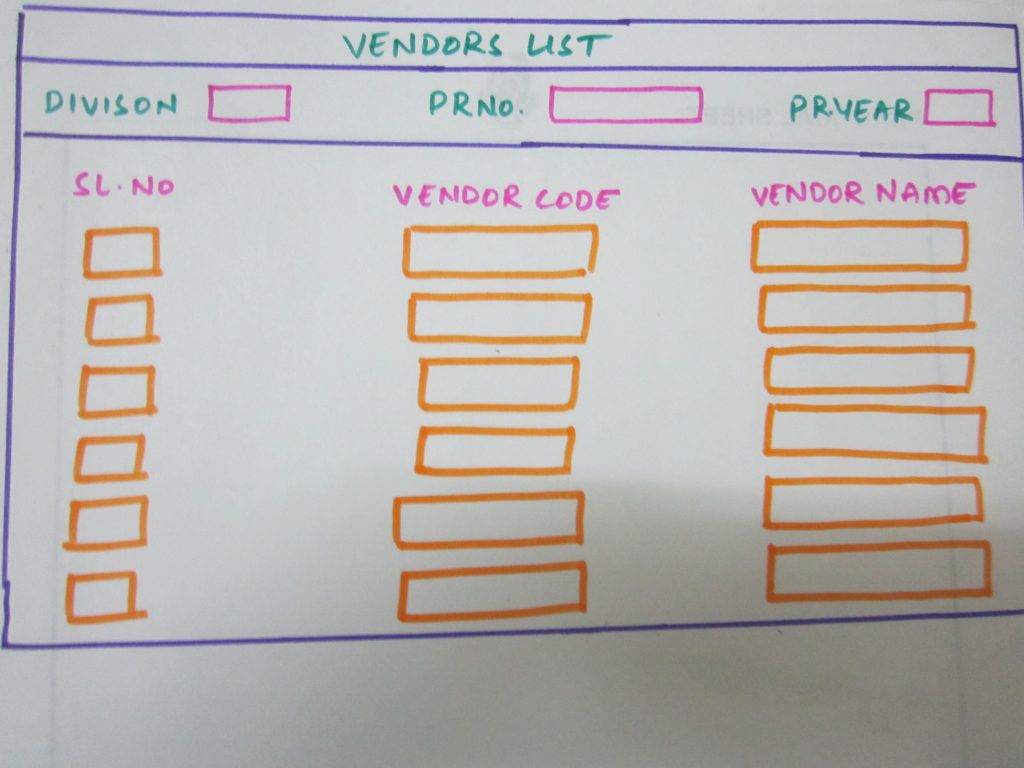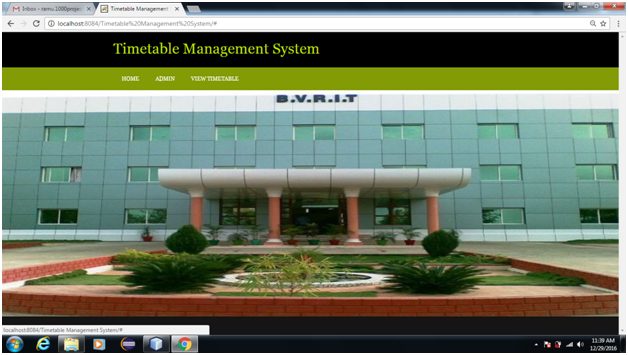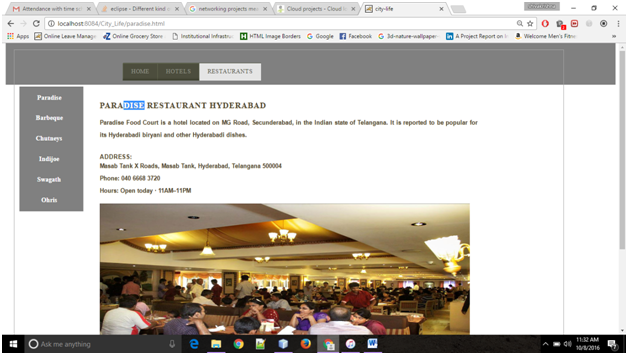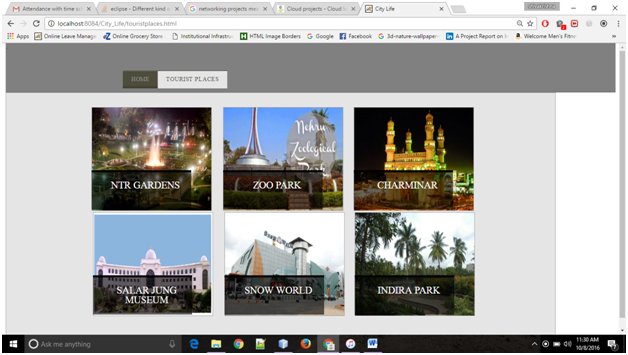| S.No |
Domain |
Project Name |
| 1 |
Cloud Computing |
A Secure and Dynamic Multi-Keyword Ranked Search Scheme over Encrypted Cloud Data |
| 2 |
Cloud Computing |
A Secure Anti-Collusion Data Sharing Scheme for Dynamic Groups in the Cloud |
| 3 |
Cloud Computing |
An Efficient File Hierarchy Attribute-Based Encryption Scheme in Cloud Computing |
| 4 |
Cloud Computing |
An Efficient Privacy-Preserving Ranked Keyword Search Method |
| 5 |
Cloud Computing |
CDA Generation and Integration for Health Information Exchange Based on Cloud Computing System |
| 6 |
Cloud Computing |
Circuit Ciphertext-Policy Attribute-Based Hybrid Encryption with Verifiable Delegation in Cloud Computing |
| 7 |
Cloud Computing |
CloudArmor: Supporting Reputation-Based Trust Management for Cloud Services |
| 8 |
Cloud Computing |
Conditional Identity-Based Broadcast Proxy Re-Encryption and Its Application to Cloud Email |
| 9 |
Cloud Computing |
Conjunctive Keyword Search With Designated Tester and Timing Enabled Proxy Re-Encryption Function for E-Health Clouds |
| 10 |
Cloud Computing |
DiploCloud: Efficient and Scalable Management of RDF Data in the Cloud |
| 11 |
Cloud Computing |
Dual-Server Public-Key Encryption With Keyword Search for Secure Cloud Storage |
| 12 |
Cloud Computing |
Dynamic and Public Auditing with Fair Arbitration for Cloud Data |
| 13 |
Cloud Computing |
Enabling Cloud Storage Auditing With Verifiable Outsourcing of Key Updates |
| 14 |
Cloud Computing |
Fine-Grained Two-Factor Access Control for Web-Based Cloud Computing Services |
| 15 |
Cloud Computing |
Geometric Range Search on Encrypted Spatial Data |
| 16 |
Cloud Computing |
Identity-Based Encryption with Cloud Revocation Authority and Its Applications |
| 17 |
Cloud Computing |
Identity-Based Proxy-Oriented Data Uploading and Remote Data Integrity Checking in Public Cloud |
| 18 |
Cloud Computing |
Protecting Your Right: Verifiable Attribute-Based Keyword Search with Fine-Grained Owner-Enforced Search Authorization in the Cloud |
| 19 |
Cloud Computing |
Real-Time Semantic Search Using Approximate Methodology for Large-Scale Storage Systems |
| 20 |
Cloud Computing |
Secure Data Sharing in Cloud Computing Using Revocable-Storage Identity-Based Encryption |
| 21 |
Cloud Computing |
Secure Optimization Computation Outsourcing in Cloud Computing: A Case Study of Linear Programming |
| 22 |
Cloud Computing |
TMACS: A Robust and Verifiable Threshold Multi-Authority Access Control System in Public Cloud Storage |
| 23 |
Cloud Computing |
A Modified Hierarchical Attribute-Based Encryption Access Control Method for Mobile Cloud Computing |
| 24 |
Cloud Computing |
DeyPoS: Deduplicatable Dynamic Proof of Storage for Multi-User Environments |
| 25 |
Cloud Computing |
Flexible and Fine-Grained Attribute-Based Data Storage in Cloud Computing |
| 26 |
Cloud Computing |
SecRBAC: Secure data in the Clouds |
| 27 |
Data Mining |
A Novel Recommendation Model Regularized with User Trust and Item Ratings |
| 28 |
Data Mining |
Automatically Mining Facets for Queries from Their Search Results |
| 29 |
Data Mining |
Booster in High Dimensional Data Classification |
| 30 |
Data Mining |
Building an intrusion detection system using a filter-based feature selection algorithm |
| 31 |
Data Mining |
Connecting Social Media to E-Commerce: Cold-Start Product Recommendation Using Microblogging Information |
| 32 |
Data Mining |
Cross-Domain Sentiment Classification Using Sentiment Sensitive Embeddings |
| 33 |
Data Mining |
Crowdsourcing for Top-K Query Processing over Uncertain Data |
| 34 |
Data Mining |
Cyberbullying Detection based on Semantic-Enhanced Marginalized Denoising Auto-Encoder |
| 35 |
Data Mining |
Domain-Sensitive Recommendation with User-Item Subgroup Analysis |
| 36 |
Data Mining |
Efficient Algorithms for Mining Top-K High Utility Itemsets |
| 37 |
Data Mining |
Efficient Cache-Supported Path Planning on Roads |
| 38 |
Data Mining |
Mining User-Aware Rare Sequential Topic Patterns in Document Streams |
| 39 |
Data Mining |
Nearest Keyword Set Search in Multi-Dimensional Datasets |
| 40 |
Data Mining |
Rating Prediction based on Social Sentiment from Textual Reviews |
| 41 |
Data Mining |
Location Aware Keyword Query Suggestion Based on Document Proximity |
| 42 |
Data Mining |
Using Hashtag Graph-based Topic Model to Connect Semantically-related Words without Co-occurrence in Microblogs |
| 43 |
Data Mining |
Quantifying Political Leaning from Tweets, Retweets, and Retweeters |
| 44 |
Data Mining |
Relevance Feedback Algorithms Inspired By Quantum Detection |
| 45 |
Data Mining |
Sentiment Embeddings with Applications to Sentiment Analysis |
| 46 |
Data Mining |
Top-Down XML Keyword Query Processing |
| 47 |
Data Mining |
TopicSketch: Real-time Bursty Topic Detection from Twitter |
| 48 |
Data Mining |
Top-k Dominating Queries on Incomplete Data |
| 49 |
Data Mining |
Understanding Short Texts through Semantic Enrichment and Hashing |
| 50 |
Networking |
A Stable Approach for Routing Queries in Unstructured P2P Networks |
| 51 |
Networking |
iPath: Path Inference in Wireless Sensor Networks |
| 52 |
Networking |
Opportunistic Routing With Congestion Diversity in Wireless Ad Hoc Networks |
| 53 |
Networking |
Spatial Reusability-Aware Routing in Multi-Hop Wireless Networks |
| 54 |
Networking |
STAMP: Enabling Privacy-Preserving Location Proofs for Mobile Users |
| 55 |
Mobile Computing |
Energy and Memory Efficient Clone Detection in Wireless Sensor Networks |
| 56 |
Mobile Computing |
EPLQ: Efficient Privacy-Preserving Location-Based Query Over Outsourced Encrypted Data |
| 57 |
Mobile Computing |
Secure Overlay Routing Using Key Pre-Distribution: A Linear Distance Optimization Approach |
| 58 |
Mobile Computing |
Detecting Node Failures in Mobile Wireless Networks: A Probabilistic Approach |
| 59 |
Parallel & Distributed Systems |
A Hop-by-Hop Routing Mechanism for Green Internet |
| 60 |
Parallel & Distributed Systems |
Continuous Answering Holistic Queries over Sensor Networks |
| 61 |
Parallel & Distributed Systems |
Dictionary Based Secure Provenance Compression for Wireless Sensor Networks |
| 62 |
Parallel & Distributed Systems |
The Server Provisioning Problem for Continuous Distributed Interactive Applications |
| 63 |
Secure Computing |
Contributory Broadcast Encryption with Efficient Encryption and Short Ciphertexts |
| 64 |
Secure Computing |
Data Lineage in Malicious Environments |
| 65 |
Secure Computing |
Detecting Malicious Facebook Applications |
| 66 |
Secure Computing |
FRoDO: Fraud Resilient Device for Off-Line Micro-Payments |
| 67 |
Secure Computing |
Inference Attack on Browsing History of Twitter Users using Public Click Analytics and Twitter Metadata |
| 68 |
Secure Computing |
Resolving Multi-party Privacy Conflicts in Social Media |
| 69 |
Information Forensics & Security |
Hidden Ciphertext Policy Attribute-Based Encryption Under Standard Assumptions |
| 70 |
Information Forensics & Security |
Optimized Search-and-Compute Circuits and Their Application to Query Evaluation on Encrypted Data |
| 71 |
Information Forensics & Security |
Privacy-Preserving Utility Verification of the Data Published by Non-interactive Differentially Private Mechanisms |
| 72 |
Information Forensics & Security |
Profiling Online Social Behaviors for Compromised Account Detection |
| 73 |
Image Processing |
A Locality Sensitive Low-Rank Model for Image Tag Completion |
| 74 |
Image Processing |
A Scalable Approach for Content-Based Image Retrieval in Peer-to-Peer Networks |
| 75 |
Image Processing |
Learning of Multimodal Representations with Random Walks on the Click Graph |
| 76 |
Image Processing |
Online Multi-Modal Distance Metric Learning with Application to Image Retrieval |
| 77 |
Image Processing |
Tag Based Image Search by Social Re-ranking |
| 78 |
Multimedia (Social Networking) |
Social Friend Recommendation Based on Multiple Network Correlation |
| 79 |
Multimedia (Social Networking) |
User-Service Rating Prediction by Exploring Social Users’ Rating Behaviors |
| 80 |
Software Engineering |
Mapping Bug Reports to Relevant Files: A Ranking Model, a Fine- Grained Benchmark, and Feature Evaluation |
| 81 |
Software Engineering |
Metamorphic Testing for Software Quality Assessment: A Study of Search Engines |
| 82 |
Software Engineering |
SITAR: GUI Test Script Repair |
| 83 |
Fuzzy Systems |
Answering Approximate Queries over XML Data |

